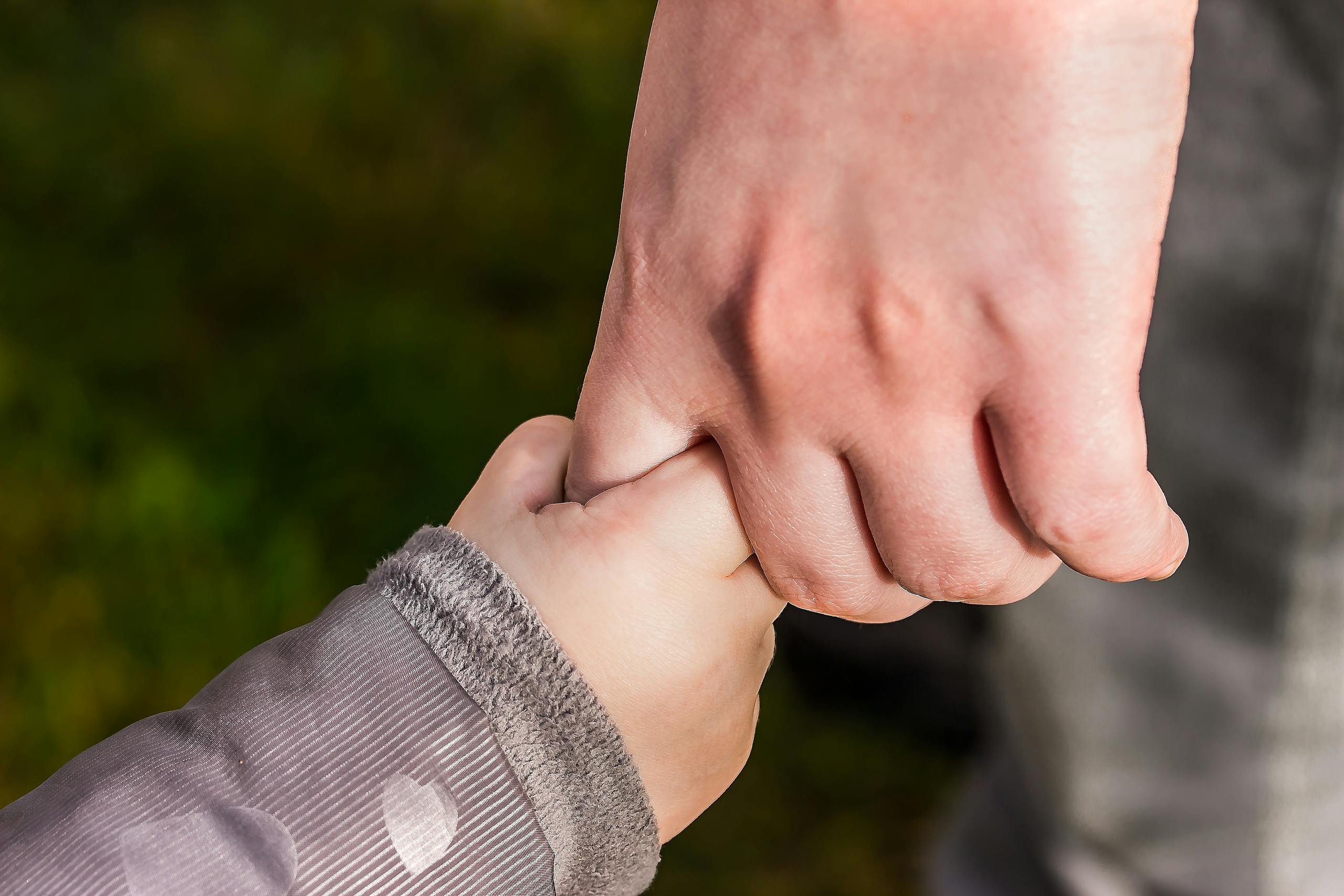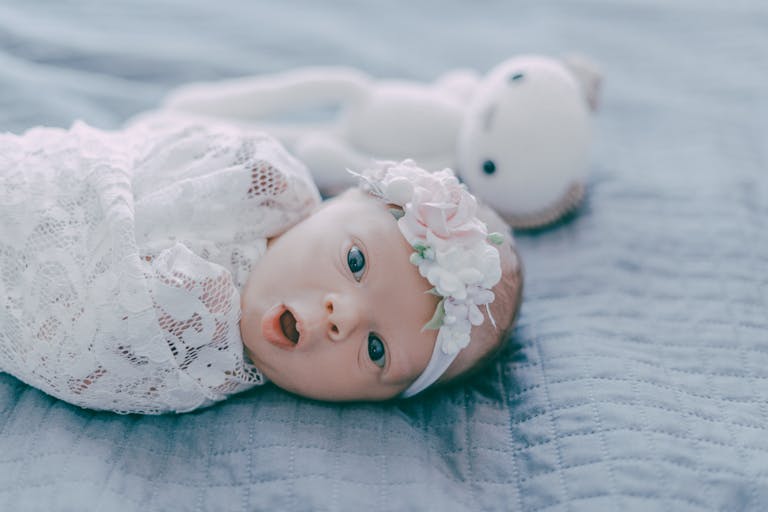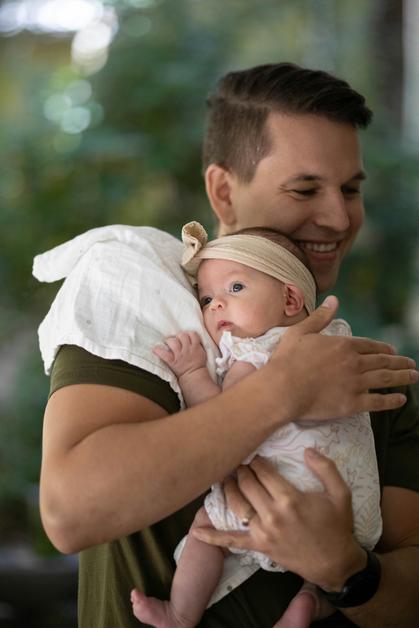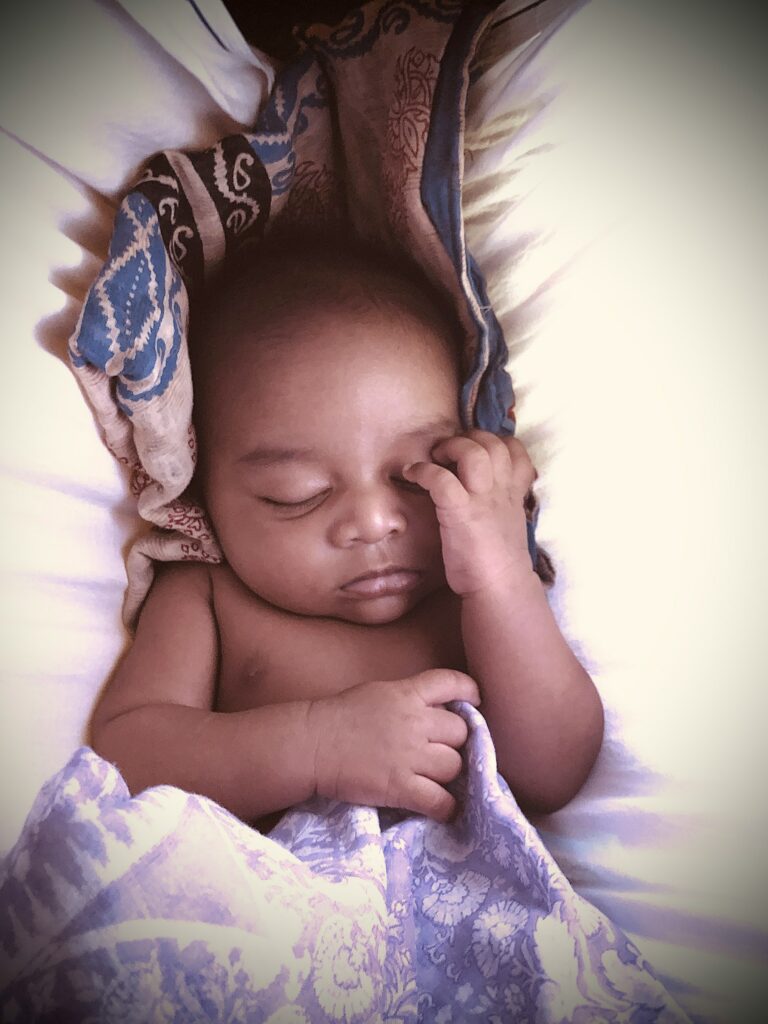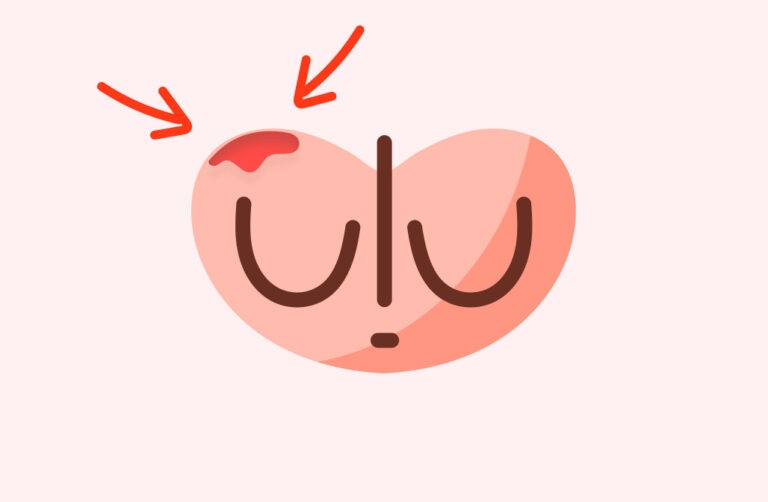Parenthood often arrives on a wave of anticipation laced with gentle anxieties and fleeting daydreams of that first meeting—imagine those tiny fingers clasping yours, the gentle rhythm of breath echoing in a quiet room. And then, sometimes, reality emerges in a flash of honesty: maybe your baby’s features surprise you. Puffy eyelids, a skull that hasn’t yet rounded out, redness, spots, or unexpected swelling—these are not what you pictured. What if the question baby not cute what to do—echoes in your mind? Is this fleeting? Is it normal? And (the most pressing question, perhaps) will it affect how you bond with your child? As you navigate these uncharted waters, you may find your heart twined with curiosity, doubt, and the instinct to protect. Here, let’s untangle these threads, weaving together practical support, medical knowledge, and advice for fostering both connection and confidence.
Why Babies Sometimes Don’t Look “Cute” at Birth
Medical and Physical Explanations
Pause for a moment and reflect: have you ever wondered why newborns don’t resemble the cherubic babies in storybooks? The journey through the birth canal is dramatic—compressing, stretching, reshaping. It’s physiology in action, not a beauty contest. Consider these common newborn features often bewildering at first glance, but grounded in science:
- Molded or elongated heads: Vaginal birth quite literally reshapes the skull, aided by flexible sutures (those small gaps between the cranial bones). This “conehead” shape vanishes in days or weeks.
- Puffy eyelids or even bloodshot eyes: The pressure and strain of birth, along with exposure to amniotic fluid or tiny bleeds in the whites of the eyes, are responsible. Vision is unaffected.
- Reddish, blotchy, or peeling skin: Newborns’ skin adapts quickly to the outside world. Erythema toxicum (a harmless newborn rash), vernix residues, and dryness are transient.
- Lanugo (fine hair), birthmarks, or even pigment shifts: Hormonal influences and genetics play their part, often fading over the first months.
- Swollen genitals or breast tissue**: Again, hormones at work, resolving quickly as the maternal influence dissipates.
You might ask: is there a reason to worry? Only rarely. If signs like severe or persistent asymmetry, difficulty feeding or breathing, or unresponsive reflexes appear, seeking a pediatric assessment is advised. But for the overwhelming majority, such variations are a testament to biological adaptation, not permanence.
The Psychology of First Impressions
One of the most under-discussed realities of early parenthood is the rift between expectation and actuality. Cultural obsession with a “cute baby”—round cheeks, button nose, captivating gaze—can cast a long shadow. Social comparison, amplified by flawless images online, intensifies self-doubt. If you catch yourself thinking, baby not cute what to do, pause and remember: these fleeting emotions are responses to stress, hormonal shifts, and sheer exhaustion, not judgment on your parenting.
It’s a psychological puzzle: our brains are “wired” to perceive certain proportions—the so-called baby schema, a concept described by Konrad Lorenz—as innately appealing. Yet real infants, shaped by genetics and the intensity of birth, defy idealized molds. The mismatch is jarring, but utterly normal.
Navigating the Emotional Landscape: Acceptance and Honest Conversation
Embracing Diverse Feelings Without Shame
Emotions don’t always follow the script. You may feel relief, joy, disbelief, or even disappointment on meeting your child—sometimes all at once! Instead of guilt, practice self-compassion. Those feelings? They reveal adjustment, not inadequacy. Parental love is not instant for everyone; it grows through exposure, touch, and fractured midnight conversations.
How to cope? Try these steps:
- Recognize and name your emotions—they are not taboo, nor are they permanent.
- Share your experience with partners, friends, or trusted healthcare professionals like pediatricians, midwives, or psychologists.
- Seek out parent discussion groups or communities, online or in person, where others express similar worries. The relief of collective experience is immeasurable.
How Bonding Really Works
Science provides comforting news: attachment isn’t dictated by looks, but by interaction. Responsive parenting—the act of noticing hunger cues, soothing with soft words, and bathing in the rhythms of your baby’s needs—triggers oxytocin release, the so-called “bonding hormone.” Skin-to-skin contact, eye contact, comforting touch, and routine rituals such as feeding and bedtime stories deepen emotional ties. Over time, touch and routine sculpt the architecture of connection.
The Transformative Power of Time: Your Baby’s Changing Face
Physical Evolution in the First Weeks
Observe a newborn over days—a living timelapse. Swelling resolves, skin becomes more uniform, and fragile features settle into themselves. This metamorphosis continues through infancy, as jawlines emerge, eyes alert themselves to the outside world, and cheeks fill out (thanks to healthy feeding). Most early irregularities fade or attenuate naturally, a testament to resilient biology.
When Differences Persist: Finding Beauty in Uniqueness
Occasionally, distinctive features like birthmarks or a certain set to the eyes persist. Such differences may provoke concern or, on the contrary, become markers of your child’s individuality. Emphasize health, thriving, and emotional well-being over surface comparisons. Remember: research underscores that self-esteem flourishes in environments where acceptance is not contingent on appearance.
Parental Guilt, Social Pressure, and the Judgments of Others
Navigating Comments and External Opinions
Family members or acquaintances may make tactless remarks, sometimes offering unsolicited comparisons or advice. In those moments, redirect the conversation to your baby’s developing personality or new skills. Responses like, “We’re thrilled with how our baby is changing each day,” gently affirm your priorities.
Online sharing can amplify social scrutiny. Limit what you show or whom you confide in. Encircle your child and yourself with people who see well beyond appearances.
Confronting Internalized Doubt
Guilt and sadness over not immediately “adoring” your baby’s look are more frequent than you might expect. Reframing these feelings—acknowledging them, seeking support, focusing on progress—frees you from their grip. If negative emotions linger or deepen, connecting with a mental health specialist is a wise, proactive measure.
Building Bonding and Attachment Day by Day
Concrete Strategies for Connection
Ask yourself: what strengthens attachment? Daily habits, not perfection. Infuse routine with meaning—a gentle bath, a rhythmic walk, humming lullabies, or simply watching their chest rise and fall. Responding warmly to tiny cues, maintaining eye contact, offering structured affection—these are the nutrients of secure attachment.
Consider:
- Skin-to-skin contact: Evidence shows it stabilizes the baby’s heart rate, temperature, and nurtures parental confidence.
- Soothing touch and massage: Stimulates the vagus nerve (responsible for calm), supports digestion, and regulates sleep.
- Rituals and predictability: Feeding routines, bedtime stories, fabrics with familiar smells—all signals of safety to your baby’s developing brain.
For parents wondering about baby not cute what to do, redirect focus from looks to these powerful, everyday exchanges.
Understanding Beauty, Diversity, and Changing Standards
The Cultural Perspective
Beauty standards morph across history and culture. Traits considered adorable in one context might pass unnoticed in another. Cherishing your child’s individuality—physical, emotional, or behavioral—plants the seeds of resilience. Over weeks and years, parents often find the very distinctions that once unsettled them become cherished hallmarks of personality and family resemblance.
When To Seek Medical Help: Appearance as a Health Signal
Occasional differences can signal health challenges. Persistent facial asymmetry, abnormal eye shape, unusual muscle tone, or feeding and breathing difficulties warrant pediatric evaluation. Early identification leads to prompt support—a key factor in long-term outcomes.
Indicators to watch include:
- Inability to feed effectively or poor weight gain
- Noticeably droopy or asymmetric eyes
- Persistent difficulty breathing, unusual coloration (bluish skin), or weak muscle tone
- Developmental delays
Err on the side of seeking reassurance—pediatric guidance dispels uncertainty and supports optimal growth.
Supporting Self-Esteem as Your Child Grows
Nurture acceptance by celebrating not just looks but achievements—first words, new friendships, emerging curiosity. Avoid appearance-based comparisons; instead highlight personal growth and effort. Should signs of persistent insecurity arise, professional advice can steady your path. Children, like adults, thrive most under an umbrella of steady, unconditional support.
Key Takeaways
- It’s common for parents to question “baby not cute what to do” after birth, but newborn features are mostly transitional and shaped by medical and physiological adaptation.
- Attachment and emotional bonds stem from responsive care, daily interaction, and routine, not from initial physical impressions.
- Parental feelings of surprise, doubt, or guilt are both natural and temporary—recognizing and expressing them, especially with professional or peer support, strengthens adjustment and connection.
- Social pressures about appearance can be defused by focusing on growth, health, and individuality.
- Persistent concerns about your baby’s appearance (e.g., facial asymmetry, feeding issues), especially with developmental delay or poor growth, should prompt a medical consultation.
- Fostering secure self-esteem relies on highlighting character, achievements, and unique traits far more than conformity to external ideals.
- There are practical resources and healthcare experts available for every stage. For tailored tips and free child health questionnaires, consider downloading the Heloa app.
The question baby not cute what to do deserves empathy, medical understanding, and a reaffirmation: connection deepens through care, time, and the singular beauty of your child’s unfolding story.
Questions Parents Ask
What can I do if I worry I won’t bond with my baby because of their looks?
It’s completely natural to have mixed emotions and even doubts during the early days. Remind yourself that real, meaningful attachment doesn’t form overnight and isn’t tied to appearance. Building connection takes time, and every gentle touch, moment of closeness, or shared gaze counts. Try to spend relaxed, undistracted time holding your baby, talking softly, and simply observing their small changes. If you feel that your worries about bonding persist or impact your mood, reaching out to a healthcare provider or mental health specialist can be reassuring and supportive. Remember, you are not alone in these feelings.
Is it normal to feel disappointed by my baby’s appearance?
Many parents experience a surge of unexpected feelings when meeting their newborn, and sometimes disappointment can be part of this complex mix. These emotions are a normal and often temporary response to the enormous changes and expectations of new parenthood. Consider talking openly with someone you trust—whether that’s a friend, family member, or a mental health professional. These conversations can lighten the emotional load and help you focus on your baby’s health, comfort, and the joy found in your growing relationship. Every parent’s journey is unique, and it’s okay to feel what you feel.
How can I focus on my baby’s unique qualities instead of their looks?
Each child brings their own set of remarkable traits—curiosity, small gestures, the way they find comfort in your arms—that go far beyond physical appearance. Try celebrating your baby’s milestones, however small, and paying attention to their budding personality traits. Sharing these joyful discoveries with others can help shift the focus from looks to the heart of what makes your child special. Over time, this perspective nourishes both your confidence as a parent and your baby’s emerging self-assurance.

